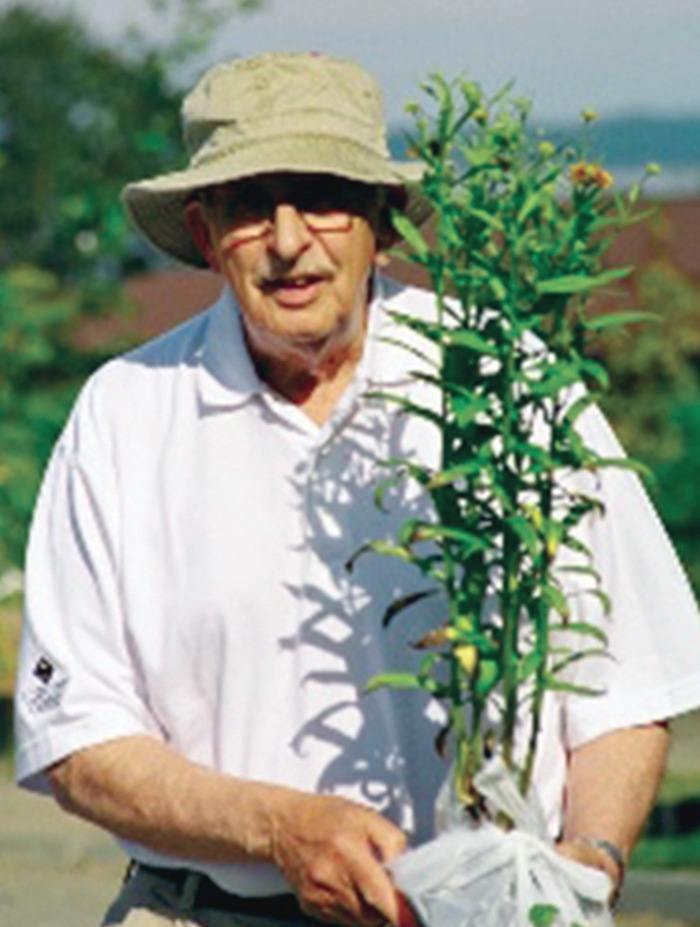I almost didn’t get this column written.
Once you go to our new National Geographic Archive database through our website (nelsonlibrary.ca) and poke around a bit, you’ll see why. If you’ve ever loved National Geographic magazines — thumbed through while sitting in your doctor’s office, in the library at school, or maybe you have your own subscription — you’ll be instantly seduced by our newest e-acquisition.
I certainly was. My first search — for that fascinating hybrid the platypus — offered a number of hits, including a fascinating 1939 issue. It had PDF pages I could scroll through, and the next thing I knew I’d lost an hour perusing the entire issue. That’s one cool animal.
Although this database is an archive going back 100 years, it also brings us up to more recent decades — hundreds and hundreds of issues presented in a way never before possible when seeking that special topic in the sea of N.G. spines on your bookshelf. The National Geographic Archive database is 100 per cent searchable: articles, images, maps, charts and more. No more looking for a platypus in a haystack!
From platypusses to plate tectonics, this database is for everyone — young and old — who loves the earth and all that lives upon it, and wants to learn more about it all.
That the National Geographic Archive database comes to Nelson library patrons through the legacy of a naturalist who revered our beautiful blue planet is a natural.
Arthur P. Campbell was a chemistry professor with a love of gardening and all of the flora and fauna of the great outdoors. His passion for birding earned him the moniker “Beaky.”
He used organic principles in the garden long before it was the popular thing to do, and he loved to get kids engaged in the natural world: in trees and bogs, rivers and mountains, down and damp with amphibians or soaring with eagles.
I didn’t know Art Campbell; all this came to me from his daughter Brooke, who wanted to honour her dad through a library legacy. She described him as a true humanitarian and a passionate soul; a man who would sit quietly in the woods and feel the pulse of the earth. He wanted others to feel it, too.
Thus was born the Arthur P. Campbell Project, which last year purchased some 50 books, CDs and DVDs for children and adults about nature and wildlife, enhancing our holdings to create a stellar natural history collection.
This year, in addition to the National Geographic database, Art’s legacy has sponsored Audubon and Canadian Geographic magazines for adults and Ranger Rick and Click magazines for children, the National Film Board’s three-DVD set Great Northern Wilderness, as well as a few new books to fill out the collection.
The project sponsored author Darcee O’Hearne’s children’s presentation based on her book Leonard the Larch this summer, and plans are afoot for a family event in the fall.
Legacies are a way to make an enduring contribution to future generations. A legacy to a community organization is like planting a seed and watching it grow. Think of raspberries: we enjoy them while the plant’s rhizome roots push new shoots up everywhere. We get to reap fruit for years to come, and share it with our neighbours.
Thanks to the Arthur P. Campbell Project, library users can enjoy the harvest through learning about the natural world — and then, go out and enjoy it that much more. And now that this column is written, I think I will, too.
